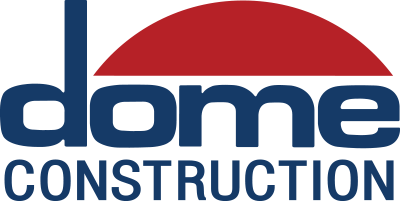Dome insights
The Importance of Referent Power

Dome Insights is 100% HGC (Human Generated Content) where we explore various topics, from personal and professional growth to the intricacies of construction, including cutting-edge technology and industry best practices.


About a dozen years ago, at the depths of the Great Recession, Dome was struggling to salvage what we could of a project that went sideways. Really sideways.
We hired a consultant to help us negotiate a path to salvation. After a month of discovery, he came to us with bad news… “On nearly every measure, you have no standing.”
He also came to us with a study that would eventually inform the core of our critical leadership skill trainings.
The consultant shared a study by social psychologists, French and Raven, on the five Positions of Power that people have to influence others.
Positions of Power:
💰Reward – The ability to give incentives to influence.
😡Coercive – The use of force or threats to influence.
👑Legitimate – Formal authority based upon title or role.
🎓Expert – Influence from one’s knowledge, skills, or expertise in a particular area.
🤝Referent – Influence based upon rapport, respect, and trust. Likeability.
The most important part of the study revealed that Referent Power was more influential than all of the others… combined. It suggested that people are more willing to do something for someone based on how much they liked and respected the other person, not based upon an incentive, or punishment, or their knowledge and title.
In my experience, that is absolutely true.
Understanding this, our consultant suggested that we focus our energy on patching back our once-rich relationship with the customer as the other Positions of Power were completely depleted. While we may have gotten hurt on that project, the decade that followed saw 10x in project opportunities.
This study, and the importance of Referent Power, is at the root of our training on Accountability, Negotiating, Business Development, Delegation, and all the other skills that rely on people working together… which goes on and on. “It’s a people business, we just happen to build buildings,” our emeritus VP of Preconstruction, John Robertson, once told me.
So…
Open meetings with a little banter.
Incorporate team-connecting events in the project.
Grab a quick coffee with someone instead of a Zoom call.
Be curious about what people love to do outside of work.
Be authentic and share what makes you tick.
Be grateful and show it
The goal is to be less transactional and more engaging.
Our projects move fast, and sometimes it feels like there is no time to build bonds. But we must make the time because those bonds prevent fractures. Those bonds grow stronger and stronger over time and become the latticework for long-term success.






